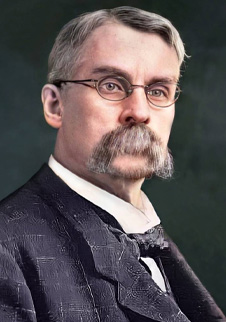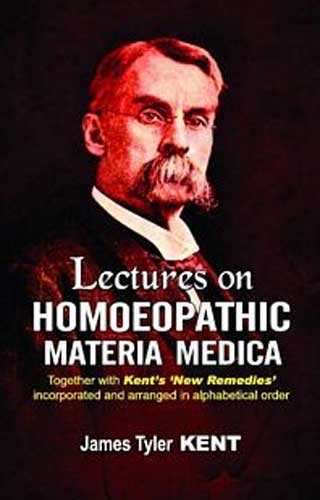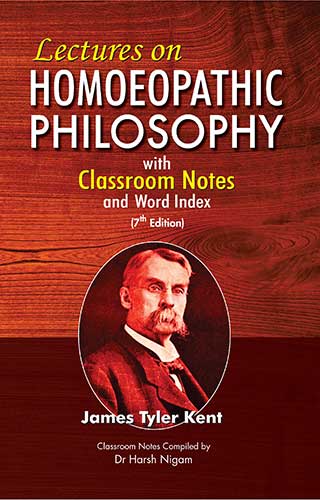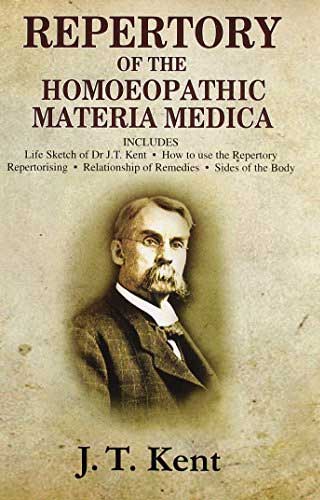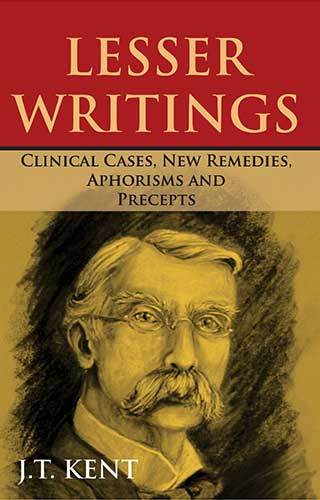Dr. James Tyler Kent Biography and Books
James Tyler Kent (1849 – 1916) was an American physician and a forefather of modern homeopathy. He is said to have contributed as much as Hahnemann to homeopathy. In 1897 Kent published a massive guidebook on human ailments and their associated homeopathic remedies. Nowadays this magnum opus is still in use.Dr. Kent was born in Woodhul, New York. He graduated from the Eclectic Medical Institute of Cincinnati, and started practice in St. Louis as an Eclectic. He became interested in homoeopathy in 1878, when his wife’s illness failed to respond either to eclectic or allopathic treatment and was cured by a homoeopath. Kent began practice with low potencies, but he was not satisfied. Later he resolved to test the 30th potency to see if there was any medicine present. He prepared with his own hands the 30th potency of Podophyllum according to Centesimal scale after the method of Hahnemann.Dr. Kent was famous for teaching Materia Medica. He taught Materia Medica at the Homoeopathic Medical College of St. Louis, from 1881-88, at the School of Homoeopathy, Philadelphia from 1890-99, at Hahnemann Medical College and Hospital, Chicago from 1903-9, and Hering Medical College Hospital.Dr. Kent also discovered the ‘Law of Vital Action and Reaction’ as pointed out by Dr. Hahnemann. “A medicine is not too high to cure so long as it is capable of aggravating the symptoms belonging to the sickness; in the first hours in acute, and in the first few days of a chronic sickness.” He also thought that a homoeopathic aggravation was essential from the application of the Simillimum in chronic cases. Dr. Kent felt that if there was relief without homoeopathic aggravation, the chronic sickness was only superficially affected and would require a deeper acting remedy to remove the vital disorder.

